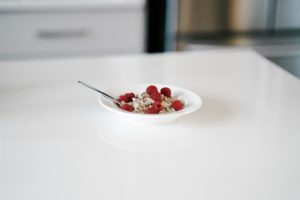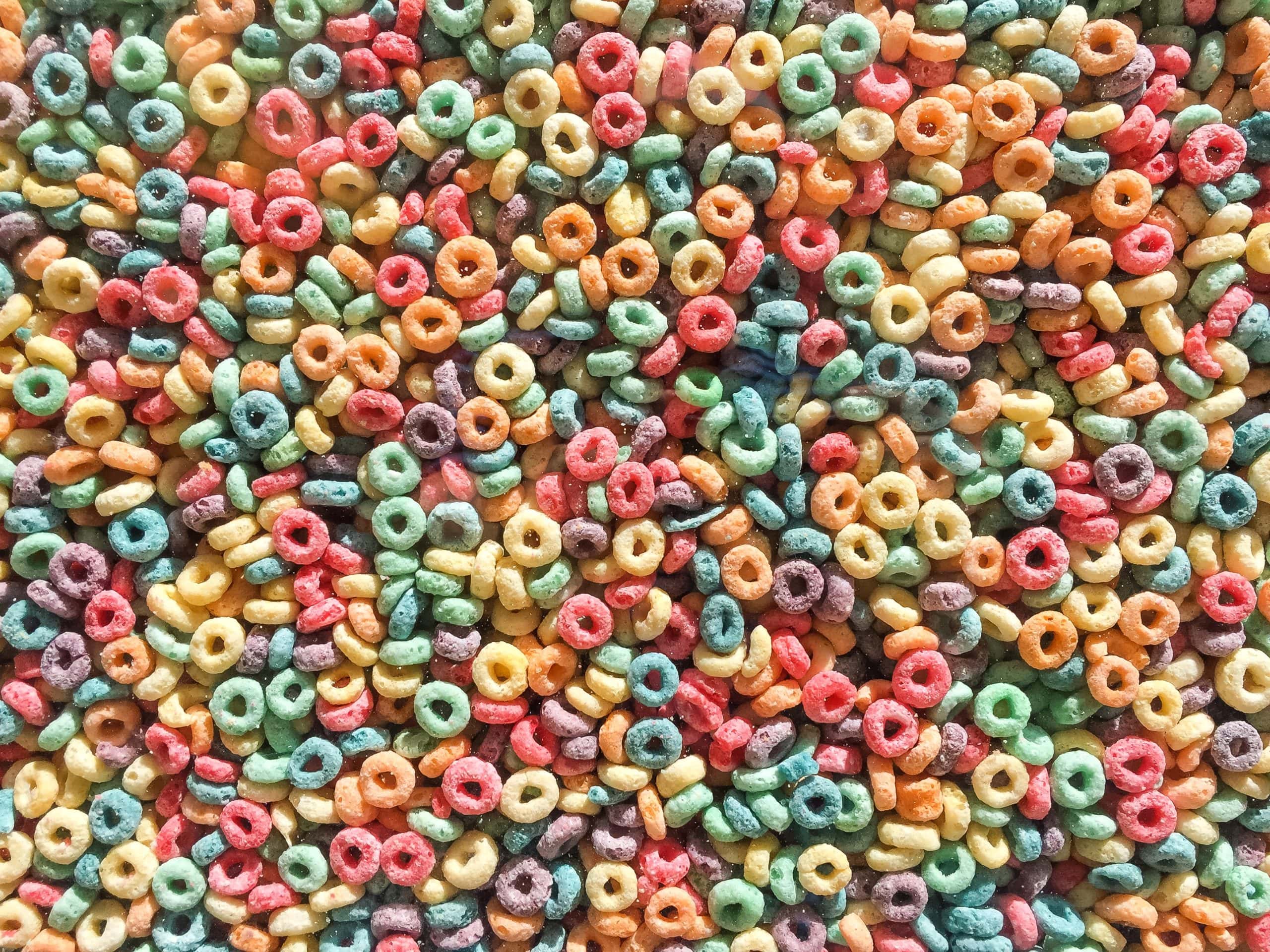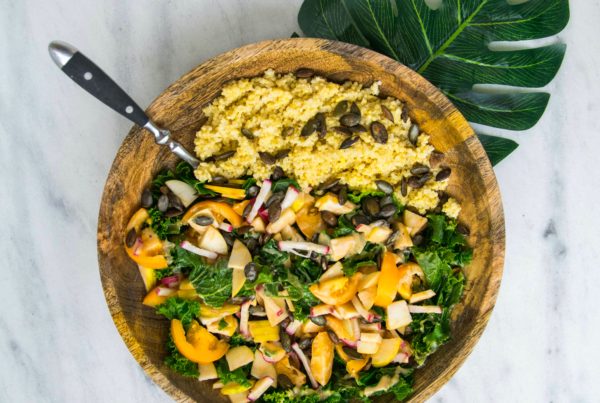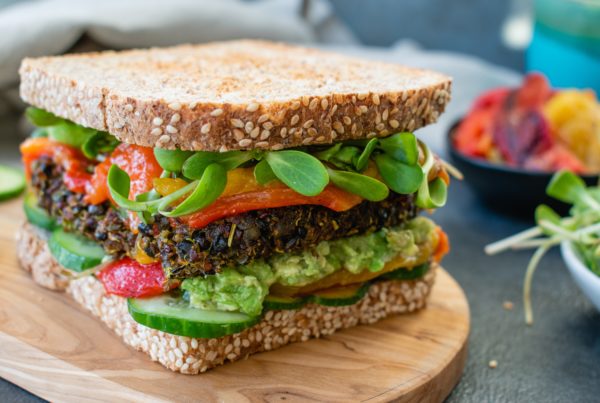It is known that breakfast is the most important meal of the day, but does this statement still hold its value if it is not balanced or nutritious? We all know child-targeted cereals like Fruit Loops, Frosted Flakes, Lucky Charms are found in every single grocery store. But, is it time to say no to sugary breakfast cereals due to their high sugar content? Or, how can you boost your nutrition to make yourself the healthiest you can be, with consideration to your individual lifestyle.
There is strong marketing for these sugary cereals to children and there are findings that support recommendations to limit the marketing of high-sugar foods to young children. Many of these advertisements are spread on TV, packaging, and school flyers and contain candy, cartoons, exciting messages, games, and fun fonts. These cereals have many distinct colours and characters that appeal to children.
It was found in a study that out of all of the child-target cereals, 85% of them fell into the “less healthy” category of foods. Most children’s cereals are high in salt and sugar, and are low in fibre, protein, total fat, and saturated fats. Many of these cereals, around 75% of them had sugar as the second ingredient.
Here are some tips to boost nutrition at breakfast:
- Choose healthy cereals when you can. Many of these cereals are not child-targeted such as multigrain, shredded wheat, or high fibre crisp cereals.
- Add nutrition to cereals that may not be the healthiest! Something like Cheerios can be eaten, but think about adding ground flax, hemp seeds, and berries to add fibre and protein. Keeping breakfast balanced and teaching children about incorporating a protein source, a grain source, and fruits/veggies into their meals.
- Give children different options! It is great to give children other choices for breakfast. Some other options may be quick oatmeal, overnight goals, smoothies, whole grain toast, muffins, or scrambled eggs, or high protein pancakes if you have time. In addition, another important consideration is the inexpensiveness of breakfast cereals and the hardships this can cause for low socioeconomic households, so different foods can be a great alternative. Oatmeal can be a great option, and you can use honey or maple syrup to sweeten it.
- Be creative! You don’t always have to restrict lunch or dinner foods to only those times. Consider giving different meals a try and think outside of the box.
- Set a good example by eating a balanced breakfast as well. When parents enjoy breakfast with their children, they are more likely to make breakfast a healthy habit.

These breakfast cereals can be eaten in moderation to practice intuitive eating. Try your best to include healthy options for your children with a consideration of price and time! It is important to consider things that work for YOU and YOUR lifestyle to be your healthiest and happiest self!



